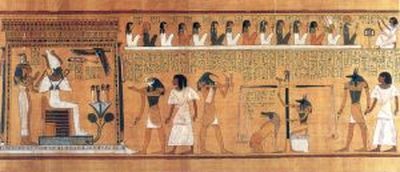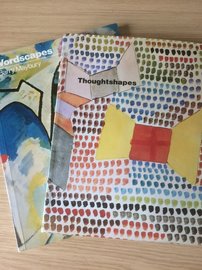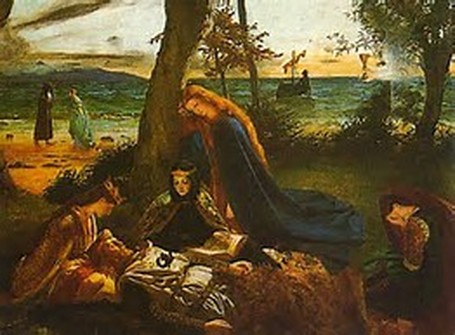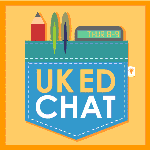The truism that was passed to me early in my career was to expect the unexpected and deal with things as they arise, or the variation to “have something up your sleeve”.
It has been a noticeable feature since 1997 and the National Strategies, that the literacy and numeracy “hours” have had an impact on Primary timetables, with singular lessons, again called Maths and English, in the mornings, with other subjects relegated to the after lunch spot.
Children enter school, perhaps to an early morning task, which they have to do while the register is being taken. This could be something like “Thunks”, to get the children thinking, a maths check, which could be quickly marked before starting the lessons proper, perhaps a word play game; how many alternative words can you find for...
Then they pack up in time for break and before they return to a new lesson, with the inevitable moving around, waiting to be taught and detailed to new areas of activity. For trainees, this can be the first level of challenge, quelling some restless children, especially if the football scenarios are still being enacted.
It was a feature of running my Primary classrooms, especially pre-1997, that tasks often “bridged” playtime, so that children on exiting for break would know that when they returned, they should continue with the task that they had left. Transition to the new lesson was then decided when quality had been assured. If the pre-break activities had been completed, and it was made easier after the IWBs were introduced, a picture related to the topic for discussion would be available with a need to interrogate the picture ahead of the lesson. A very good description of such an activity was recently written by Tim Taylor.
Occasionally, a decision was taken to stop a task a little early, especially if most had completed the task. While stragglers might have been given a few extra minutes to complete the task, one of the most useful filler resources was a book series that I came across early in my career. Edited by Barry Maybury, Wordscapes was given to me as a gift from a post-grad trainee at the end of her final practice. Seeking out others led to Thoughtshapes and Thoughtweavers.
Each of these books was filled with poetry and story extracts that could fill a minute or several. Themed, they could also be linked with ongoing topics in some way. Occasionally, they saved the day for an impromptu assembly. Over time, my shelf also filled with a variety of poetry books, or short story collections and, after learning to strum the guitar, song also could fill an occasional need.
In many ways the detailed single lesson is a result of (graded) lesson observations, with teachers wanting to show that they were really planned and had thought of everything, just in case something went wrong and their nerve went. They had a reference point. Lesson by lesson teaching doesn’t make a coherent curriculum. Coming out of one lesson and thinking immediately about the implications for the follow on allowed for evident learning needs, which might just be a minor tweak, rather than a major rewrite. The planning situation was exacerbated with the introduction of APP tracking, which led teachers to try to create fine-tuned plans for a very narrow learning purpose.
Evidence of progress exists in what a pupil produces; sometimes a minor adjustment can reap huge rewards. Time should be on our side, especially with some flexibilities, not a limiter to quality outcomes.
ps. During an English based inset day, the local English inspector brought along the picture below and, using the "spotlight facility with the IWB, worked around the picture, revealing snippets. From these, we were asked to create a short, descriptive narrative. Unknowingly, perhaps, as these were the days before "fronted adverbials", the use of such devices was based within quality language use and acquisition, rather than example.
I wonder if you know the picture reference?



 RSS Feed
RSS Feed
